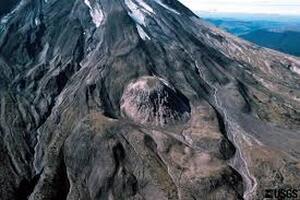 As the winter started coming to an end, Mt. St. Helens kept growing a bulge on her northwest side steadily, day by day. We watched all of the TV reports, read the newspapers and listened to the radio, waiting for the big day and hoping it wouldn’t be a disaster. The agency in charge of setting the red and blue zones for safety must have been bought off by the logging companies because the red zone, which prohibited anyone from being there, hugged the base on the northwest side of the mountain, the side with the rapidly growing bulge. The blue zone, allowing residents to remain but no tourists, hunters or other visitors, stretched widely on the south and east sides with almost no blue zone on the north side. It was pretty obvious to the rest of us that the mountain would probably blow out the bulge, but there were logging operations happening on the north side, and it seemed to be business first. Meanwhile, it continued to grow, and evacuations had begun. A few residents were evacuated, tourism was halted, but business went on as usual. 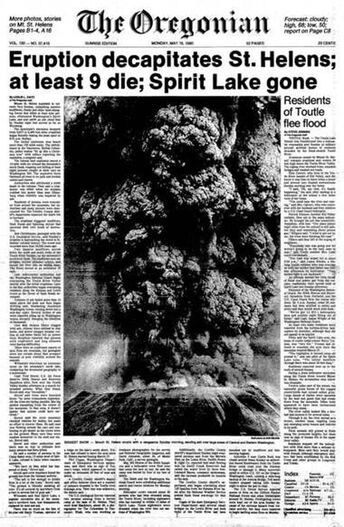 Then finally, the dreaded day came. The mountain erupted on the northwest side with a force 1600 times the size of the atomic bomb dropped on Hiroshima. It created one of the largest landslides ever recorded, killing 57 people, most of whom were in the safety zone. It was a landslide composed of earth, rock, ice and gases surging at 300 miles per hour, devastating an area about six miles wide and 20 miles long. The landscape looked like a scene on the moon. The fallen, scorched timber flowed down into the Columbia River, clogging it up causing flooding and stopping all shipping in the area. Luckily for us, the ash blew east instead of devastating those of us in the city. If we walked across the street to the neighbor’s yard, we could see the mountain. We would watch it regularly before and after the eruption. We could see the puffs of smoke and steam before the big blow and, after the big eruption, as it continued to have smaller ones, spewing varying amounts of ash, we would watch for the direction the ash was blowing. If it was blowing our way, we would run out to the store, stocking up on necessary supplies to last until the ashfall stopped. The ash was composed of silica, which is like finely ground glass. It is the substance that causes Black Lung, the coal miner’s disease. If we went outside, we needed to wear protective face masks with special filters to block the ash from getting into our lungs. I even made a baby sized one for my young son, though we just didn’t go out unless absolutely necessary. After an eruption, if the ash had come our way, we would go out and hose it down, shoveling wet ash into garbage bags to be removed by the city. I remember feeling horrified at the numbers of children who were playing out in their yards with ash blowing all around them as they ran through the grass. On June 12, 1980, we got a babysitter again and went to a Grateful Dead concert at the Portland Coliseum. Justin was doing a little better at being without me, though going out without kids was still a rare occurrence. As The Dead played an amazing version of “Fire on the Mountain” with a killer jam drum solo, the mountain erupted again. Here's a link to some sudio of that show. They finished up, and the bouncers shooed us out, all of us disgruntled at such a short show, because none of us realized what had happened. We swarmed out, many of us going to a neighborhood bar and seeing the notice posted saying, “Go home, the mountain has erupted with ash heading this way!” You couldn’t drive in those gray blizzards. The ash clogged your air filter and scraped your windshield if you tried running your wipers. It was also slicker than snow. Many Deadheads had no place to go, so we invited them home. That night, we had wall to wall Deadheads staying at our house. It was so much fun. We jammed all night long. Jessie was thrilled when she woke up in the morning to a house full of strangers. Justin was not so thrilled but always accepted the odd assortment of people who came through, as long as they left him alone. Another time, I had arrived in downtown Portland, after having visited Amber on Mt. Adams, the next mountain over. The bus had run late, and I had spent the last of my money entertaining Jessie in the bus station with pinball and snacks. When we arrived in Portland, Paul was nowhere to be seen. He was supposed to pick us up from the bus station but had fallen asleep, and I didn’t even have money for a phone call. I decided to walk around outside with the kids, enjoying the rare sunshine. Suddenly, I noticed the gray ash falling from the sky. I was quite a distance from the bus station and didn’t have our masks with me. I was beginning to worry when a homeless man came up to me offering his spare change so that we could go to a nearby café. I started to decline, when another man came up with his change, then another and another. They reminded me that my children always gave them some of their lunch when we busked at the local street fair on Saturdays. This was their way of repaying us. I graciously accepted with tears in my eyes and a sense of relief and sadness as they settled themselves in a sheltered alley to ride out the storm. I called Paul then ordered some food while we waited. 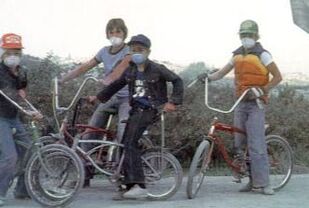 We had survived the gloomy, rainy winter only to be faced with a gloomy, ashy summer. There were five smaller eruptions that summer, and Saturday Market wasn’t quite as much fun anymore with all of the dooms-dayers walking around the streets carrying signs about the end of the world and encouraging us all to repent. They assured us that the end was coming. It was an amazing experience to have lived through in spite of the inconveniences. We were never in any real danger and, hopefully, it was a once in a lifetime occurrence, but it was surreal, intense and frightening, nonetheless. I’m sorry that I never saved any of the ash and never got any photos of all of us wearing our masks. However, I do have many newspaper clippings from that time and found other photos to share. We tried to go on with our lives as usual, working during the week and going to Saturday Market on weekends for some extra money and tons of fun, but it was always in the back of our minds that we might get stuck in an ashfall. The car that we had was already on its last legs, so we started looking around for something else. Meanwhile, Amber was visiting regularly. On one of those visits, she offered to stay with the kids while Paul and I went to the market for our regular busking gig. There were always people there trying to give away puppies or kittens. This day was no different. Jessie had been asking for a kitten for a long time. We still had Leon, but he was not a kitten. He was a surly Tom and not the cuddliest cat, although he was very tolerant of Justin pulling on him and Jessie carrying him around. This Saturday, there was a homeless man with a box of calico kittens, and I fell in love with one of them. When Amber brought the kids to pick us up, the kitten poked her head up out of my shirt where she was all snuggled up. I still remember the look on Jessie’s face when she saw that little mottled face peeking out. She named her Autumn. Leon accepted her easily, and she became a big part of our family. We also had a little white puppy. I was enjoying being a stay-at-home mom for the most part, but it was incredibly hard work, especially because I was also working at home giving music lessons, doing childcare and any odd jobs I could find. The puppy, Cola, a small white mixed breed, had been an impulse buy. We saw her at a pet store, felt sorry for her and fell in love … until we started living with her. She was not well-behaved at all. I’ve always been great with pets, training them easily and establishing myself as the dominant one. This puppy was a challenge. She refused to be housetrained and would often wait until she came back indoors to go to the bathroom. She even went in a crate, which is unheard of. She didn’t follow simple commands and was snippy. She was very unpredictable, snarling at things we couldn’t see, going wild, biting furniture for no apparent reason and more. She got plenty of exercise, was fed well and well-cared for, but nothing seemed to help. I even took her to a vet thinking that maybe there was something seriously wrong. The vet didn’t have much to say except that she had an eccentric personality and maybe wasn’t suited for a family with young children. I had to constantly keep an eye on her and was at my wits end. One day, while both kids were napping, I decided to rearrange the living room. We had a fish tank that had nothing but dozens of snails. It had fish at one time, but they all died, and the snails just kept procreating until the tank was filled with them. Of course, the kids thought that was great, so we kept them. I worked for hours moving furniture and even put up a new shelf that held our National Geographic magazines and the fish tank. As I went to sit down to enjoy my last few minutes of peace and quiet before the kids woke up, I heard Justin start to stir, so I turned to go into his room when the new shelf behind me crashed to the ground sending water, magazines and snails everywhere. At the same time, Cola decided to defecate in multiple places on the floor. I was exhausted, stressed out from dealing with the erupting mountain, this deranged dog and Paul’s escalating anger, and I completely lost it, sinking to the floor in tears. Just then, my friend Debbie walked in. Thankfully, she swept into action, going first to the kids who had both woken up then helping me with the mess. Cola soon went to another home. I just couldn’t deal with so much at once. Our idyllic scene was starting to come apart at the seams. It was time to start thinking about relocating again.
0 Comments
Your comment will be posted after it is approved.
Leave a Reply. |
Archives
January 2024
Categories
All
|

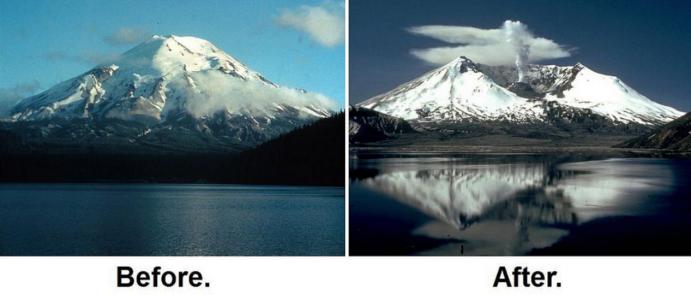
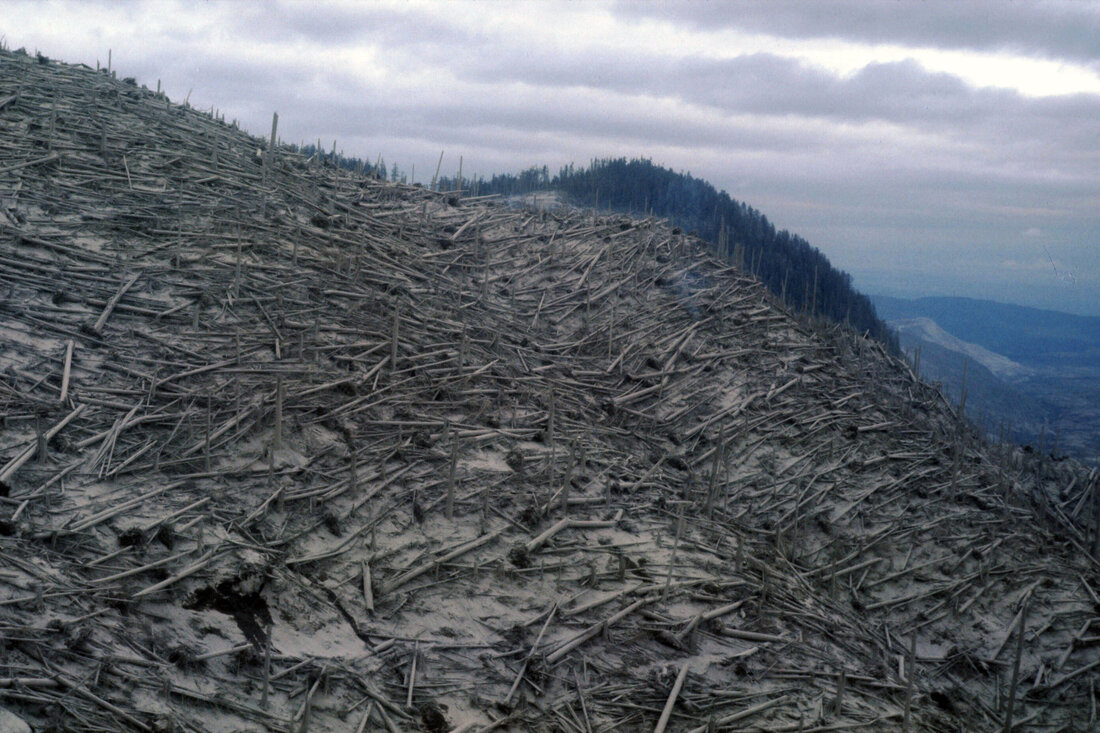
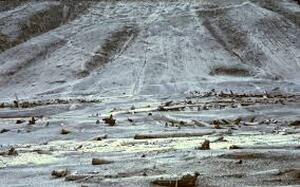
 RSS Feed
RSS Feed